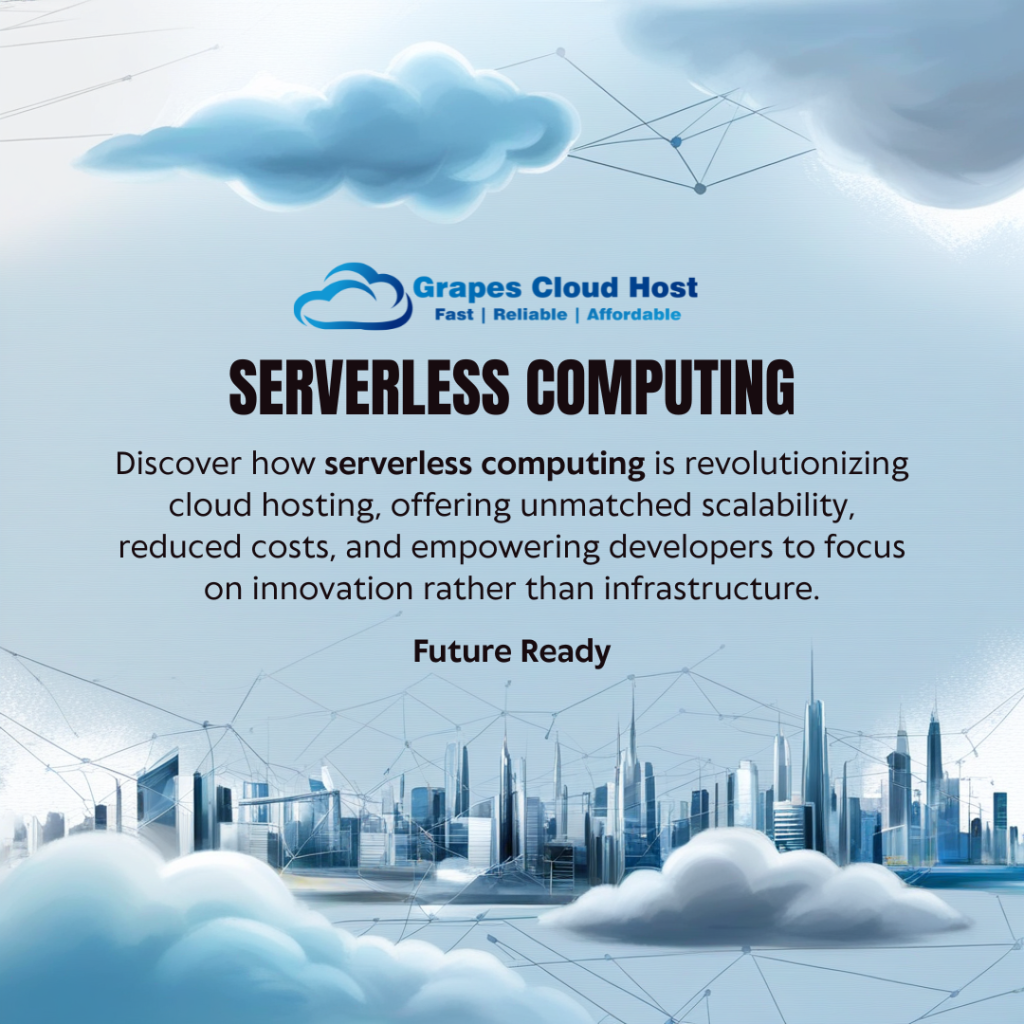What is Serverless Computing?
Despite the name, serverless computing doesn’t eliminate servers — it simply removes the need for businesses and developers to manage them.
In a serverless environment, cloud providers like AWS Lambda, Azure Functions, and Google Cloud Functions automatically handle:
Server provisioning
Scaling
Maintenance
Resource allocation
All you need to focus on is writing your code and deploying your app. When an event triggers your function, the serverless platform spins up resources in real-time, runs your code, and shuts the resources down when they’re no longer needed.
Why is Serverless Computing Game-Changing?
✔️ No Infrastructure Management
Say goodbye to manual server setup and patches. Serverless lets you focus on your product, not your hardware.
✔️ Auto-Scaling on Demand
Whether you have 10 users or 10,000, serverless platforms handle scaling automatically — no more overpaying for unused capacity.
✔️ Event-Driven Architecture
Serverless is perfect for modern apps built around microservices and real-time data. Code runs only when an event triggers it, saving both time and cost.
✔️ Pay-as-You-Go Model
Only pay for the compute time you actually use — no monthly flat server costs, no waste.
Serverless vs Traditional Cloud Hosting
| Feature | Traditional Cloud Hosting | Serverless Computing |
|---|---|---|
| Server Management | Manual setup & maintenance | Fully managed by provider |
| Scaling | Manual or auto (preconfigured) | Automatic, event-based |
| Pricing | Pay for allocated resources | Pay only for execution time |
| Deployment | VMs/Containers | Functions & APIs |
| Flexibility | Medium | High |
When Should You Consider Serverless?
Serverless computing shines in scenarios like:
Web & mobile backends
Real-time file processing (images, video, documents)
Chatbots & AI workflows
IoT (Internet of Things) data streams
Event-driven systems like payment processing or user notifications
The Future is Serverless
Serverless computing isn’t just another buzzword — it’s a real shift in how applications are designed, developed, and scaled. By removing server management from the equation, it allows businesses to save time, cut costs, and innovate faster.
As cloud technology continues to evolve, serverless is positioned to become the backbone of modern, scalable, and efficient digital infrastructure.


